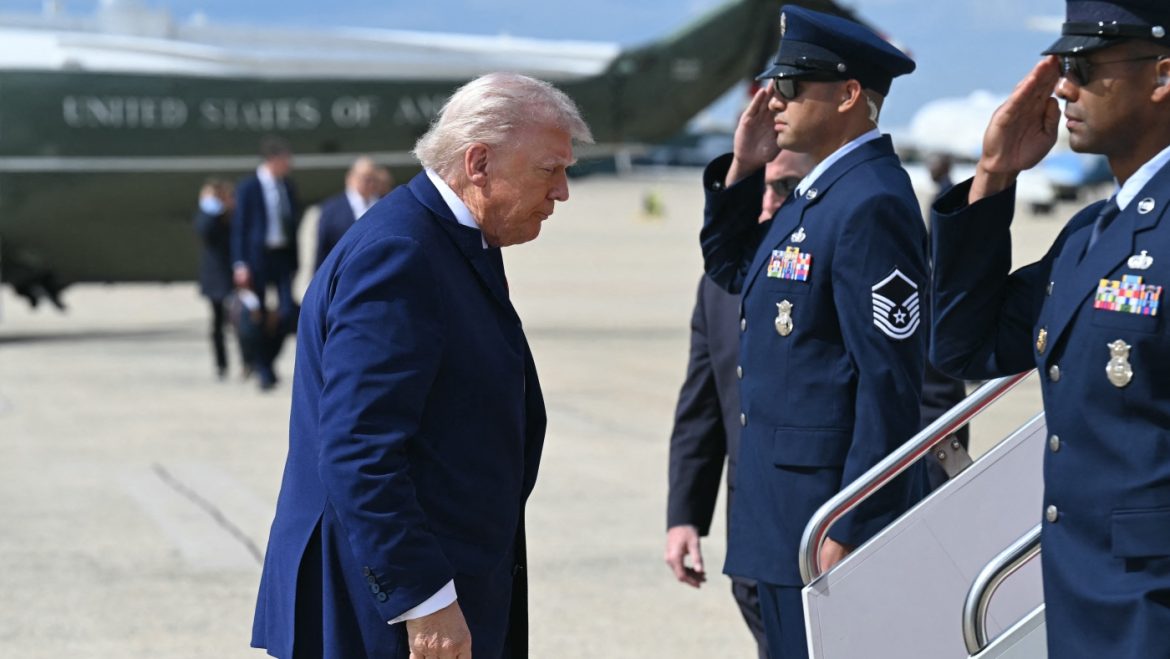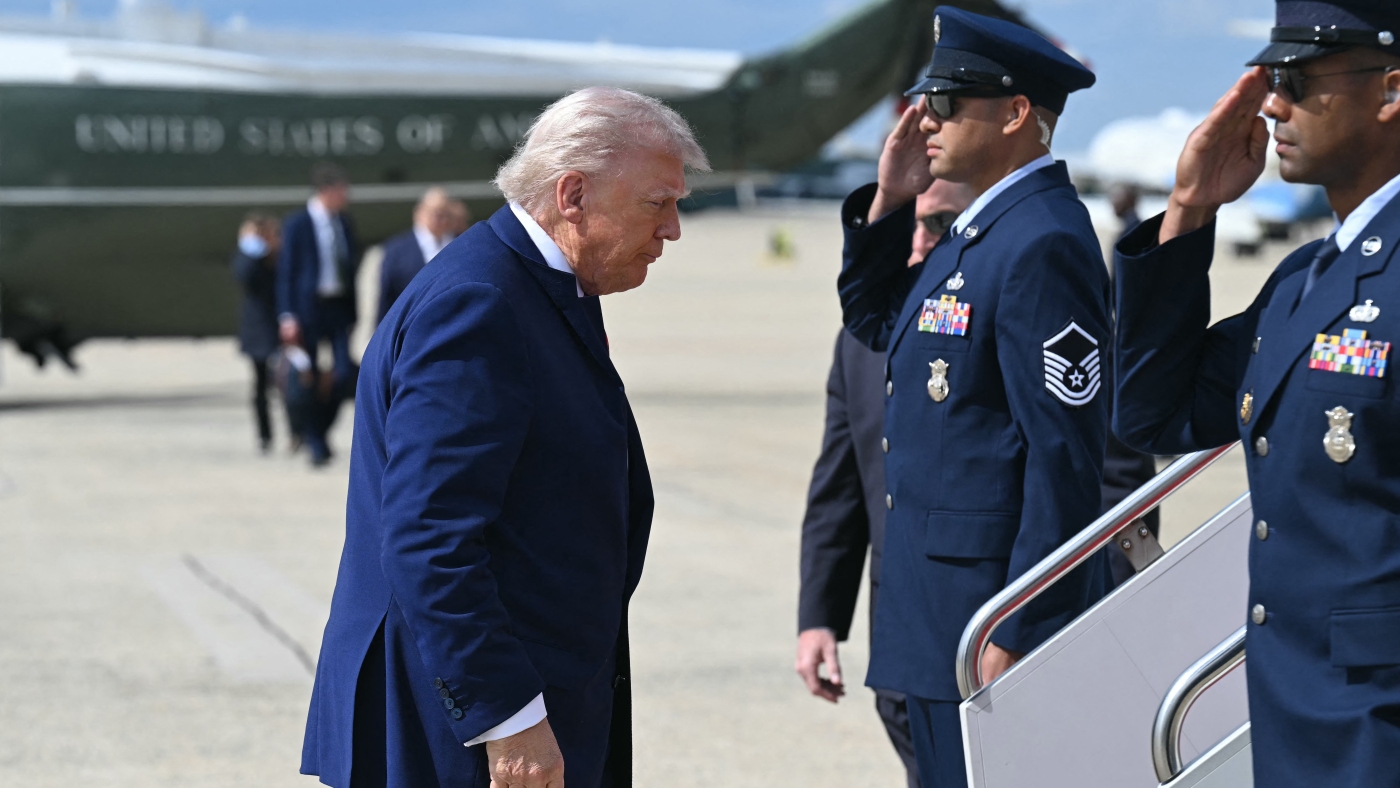The Recent Overhaul and Downsizing of the National Security Council under President Trump
Introduction: A Turning Point in U.S. Foreign Policy Management
In a striking development within the Trump administration’s second term, the White House National Security Council (NSC) has undergone a significant contraction and reorganization. The NSC, the nerve center responsible for advising the president on national security and foreign policy matters, has historically played a pivotal role in shaping the United States’ global strategic posture. President Trump’s recent orders to dramatically shrink the NSC staff, including the dismissal of dozens of policy experts, reflect a profound shift in how foreign policy apparatus is managed at the highest levels of U.S. governance. This report delves into the scope, implications, and underlying factors of these changes.
The Scope of the NSC Downsizing
At the core of this overhaul is a major reduction in personnel—more than 100 officials either removed from their roles or detailed back to their home agencies. Sources indicate that after these cuts, the NSC’s size roughly mirrors its diminished scale seen at the end of Trump’s first term, effectively resetting its operational capacity. The extensive dismissals happened on a single day, May 23, signaling an urgent and definitive pivot in national security management. Those let go include long-standing policy experts and career appointees, many of whom have traditionally brought bureaucratic expertise and continuity to the council.
This personnel reduction coincides with a reallocation of responsibilities. Acting national security adviser roles and high-level appointments have also shifted. For example, Secretary of State Marco Rubio assumed dual responsibilities as acting national security adviser, replacing Mike Waltz, who was subsequently nominated for the UN ambassador role. The shuffle at the helm underscores both a leadership vacuum and an attempt to reboot the council with figures more aligned with the president’s immediate agenda.
Underlying Motivations and Influences
Several factors appear to motivate this drastic restructuring:
– Policy Realignment: The Trump administration aims to tailor the NSC to better mirror its “America First” ideological stance, focusing on a foreign policy that emphasizes strength and reduced global engagement. The cuts are part of a broader priority to streamline and “rightsize” national security operations.
– Political and Ideological Pressures: There is evidence that political influences, including pressure from right-wing activists such as Laura Loomer, have driven purges of staff perceived as holding hawkish or divergent foreign policy perspectives. This vetting aims for tighter ideological conformity within the council.
– Management Philosophy: President Trump’s preference for smaller, more centralized teams, with elevated trust placed in loyalists and political appointees rather than career officials, reflects a preference for agility and control over traditional bureaucratic processes.
– Response to Scandals and Operational Issues: Leadership changes, prompted by incidents such as the controversy involving Mike Waltz’s messaging practices, represent an additional layer of management recalibration amid concerns about leaks and coordination problems.
Impacts on U.S. National Security and Foreign Policy
The downsizing of the NSC has immediate and longer-term ramifications:
Broader Effects within the Trump Administration
The NSC’s transformation is part of a wider pattern within the Trump administration’s approach to foreign and national security policy-making:
– State Department Reshaping: President Trump has pursued radical reductions in the State Department’s size and scope, aiming to close embassies and cut diplomatic personnel consistent with a more isolationist posture.
– High Turnover in National Security Leadership: Frequent changes in top security positions contribute to an atmosphere of instability and unpredictability within the administration’s foreign policy core.
– Increasing Influence of Political Advisors: Figures with strong political loyalty and alignment with Trump’s worldview have gained disproportionate influence over national security decisions.
Conclusion: Recasting the Balance Between Expertise and Political Control
The dramatic shrinkage and restructuring of the National Security Council under President Trump encapsulate the tension between traditional governance approaches reliant on seasoned expertise and a more politically driven, streamlined staff architecture. While such restructuring may grant the president more direct control and align foreign policy outputs more closely with his political agenda, it carries the risk of undermining the depth and reliability of national security advice.
As the NSC returns to a scale similar to the end of Trump’s first term, but with substantially altered personnel and leadership dynamics, the long-term effects on U.S. foreign policy coherence and global standing will depend heavily on how these changes affect interagency collaboration, analytical rigor, and responsiveness to complex international developments. Observers both inside and outside the administration will be closely watching whether the streamlined NSC can effectively support America’s strategic interests amid an evolving global landscape or if institutional attrition contributes to operational vulnerabilities.


